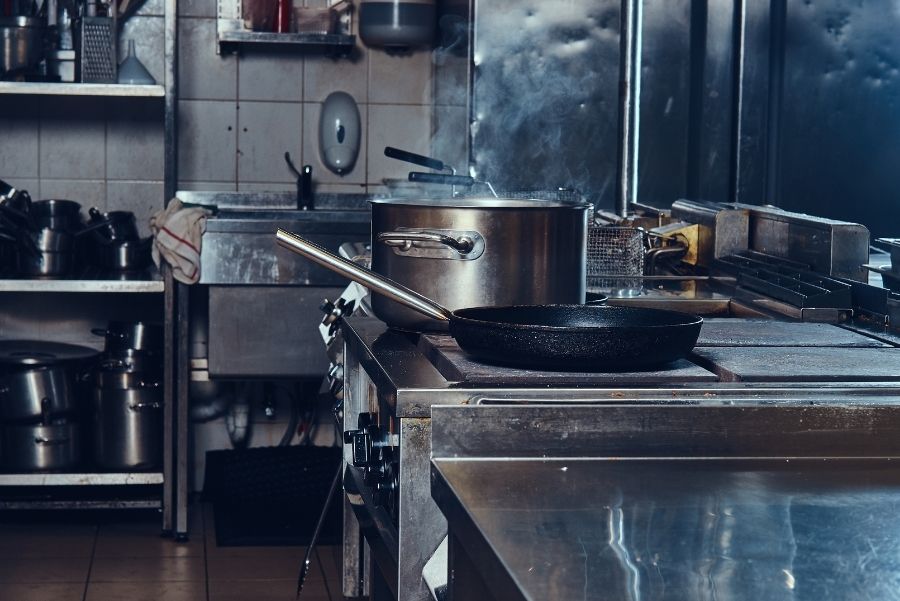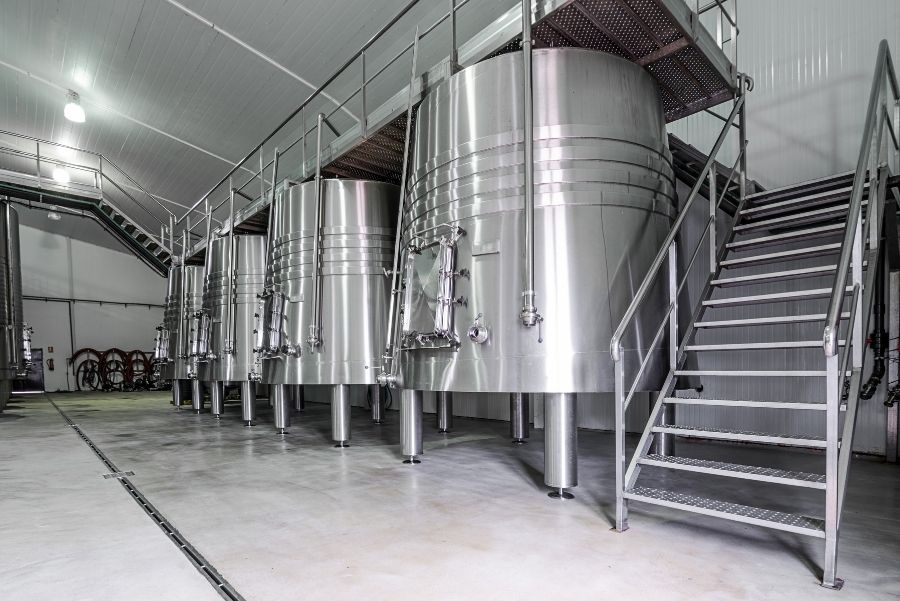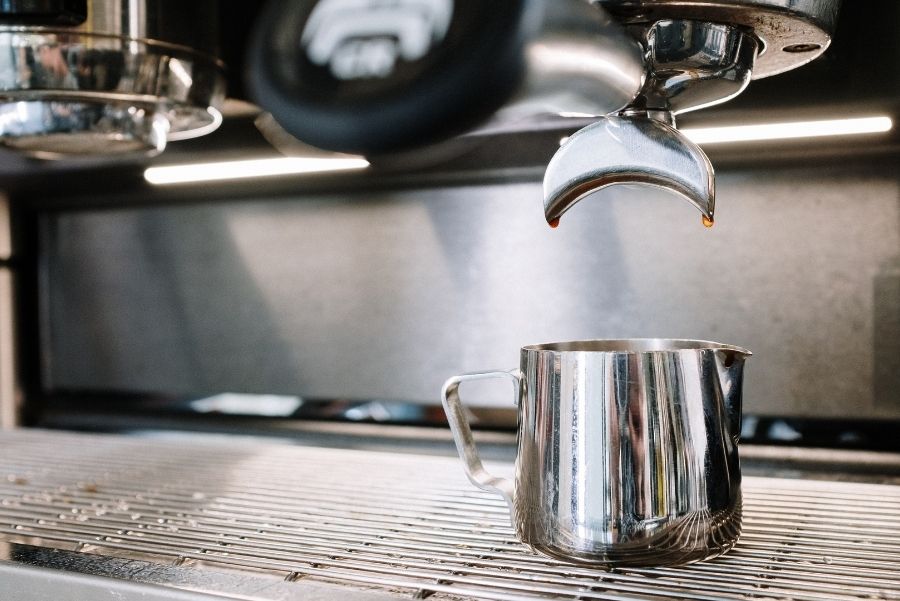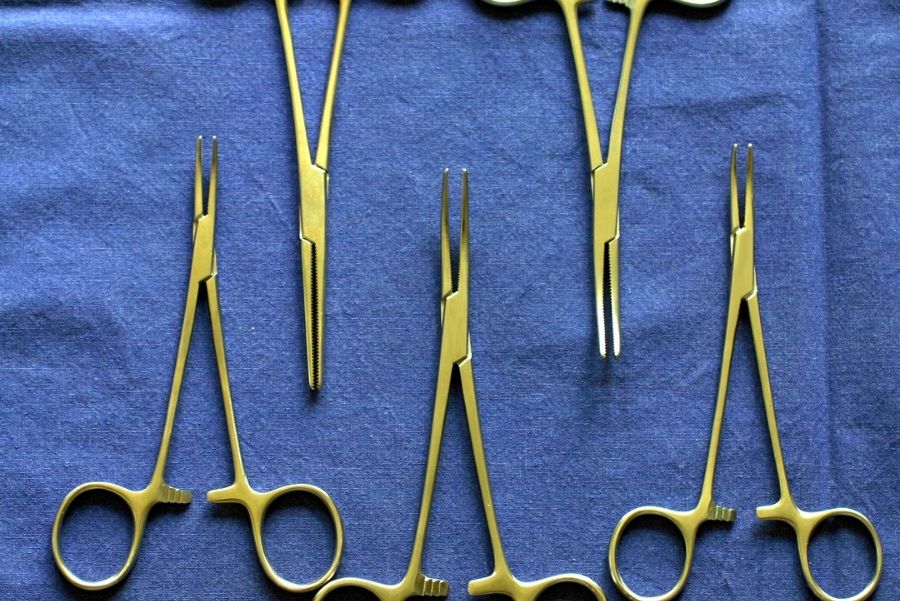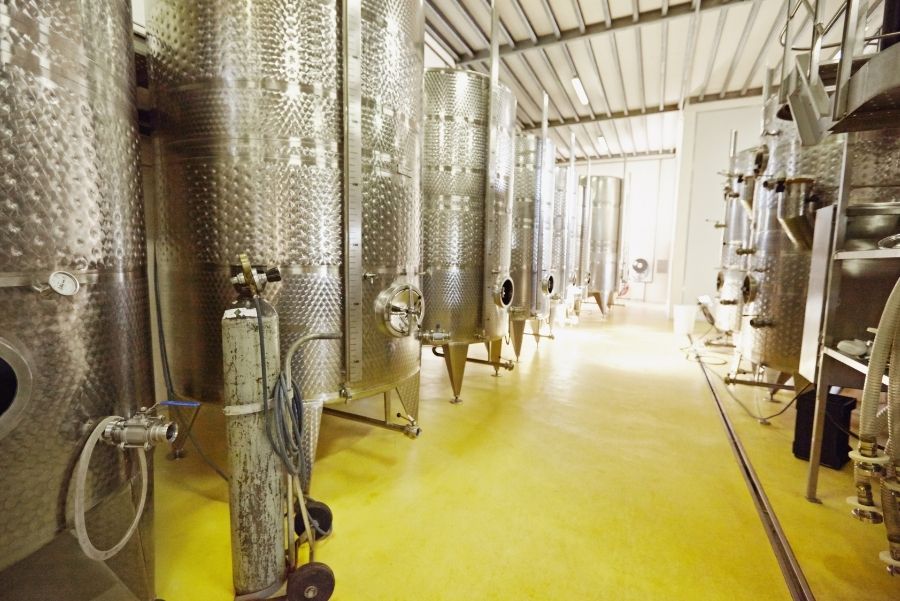There are many different types of metal that can be used in the fabrication process, but stainless steel is often one of the best options. Stainless steel is a type of steel that contains a higher percentage of chromium than other types of steel. This makes it resistant to corrosion and staining. Stainless steel is often used in construction, food processing, and medical applications. Here are some of the advantages of using stainless steel in metal fabrication:
- Stainless steel is strong and durable. This makes it ideal for use in the construction industry or in applications with high-stress levels. It is often used in applications where high temperatures are present, such as in boiler rooms or chemical plants.
- Stainless steel is easy to clean and sterilize. This makes it ideal for use in food processing and medical facilities.
- Stainless steel does not rust or corrode easily. This makes it ideal for use in outdoor applications or areas with a lot of moisture.
- Stainless steel has a high resistance to heat. This makes it ideal for use in furnace applications or in the manufacturing of electrical components and fire-resistant products.
- Stainless steel is non-magnetic. This makes it ideal for use in applications where magnetic materials are not desired.
- Stainless steel is easy to recycle. This makes it an environmentally friendly material that can be used in a variety of applications.
- Stainless steel has low thermal conductivity. This makes it ideal for use in applications where heat transfer is desired.
- Stainless steel is non-toxic. This makes it ideal for use in food processing and medical applications.
- Stainless steel is hypoallergenic. This makes it ideal for use in applications where allergies are a concern.
- Stainless steel is aesthetically pleasing. This makes it ideal for use in architectural applications or in the manufacturing of jewellery and other decorative items. This is also why Carports Perth build their metal carports with steel.
To summarise
Stainless steel is a versatile and strong metal that can be used in a number of ways. If you are looking for something that will withstand the elements and last for years, stainless steel may just be the right option. While it may cost more than other options upfront, it will save you money in the long run because it won’t need to be replaced as often. It is important to consult with a professional before making any decisions about your project, but knowing all of your options is a great place to start. Have you ever used stainless steel in your projects? What did you think of it?
